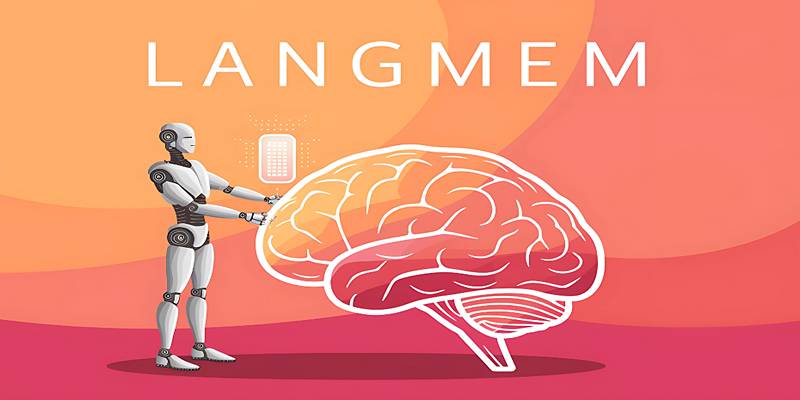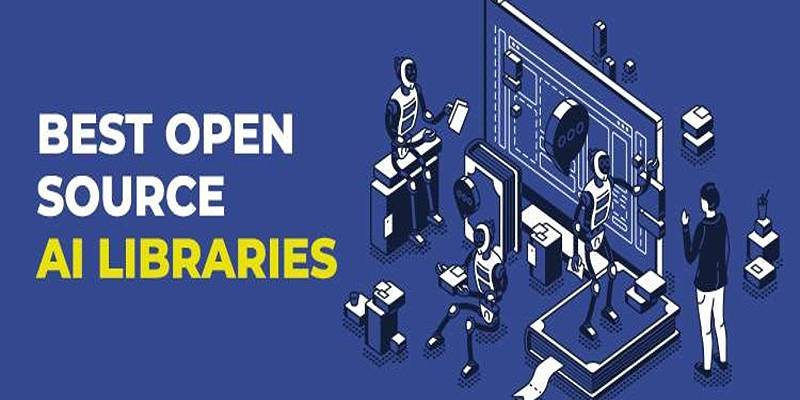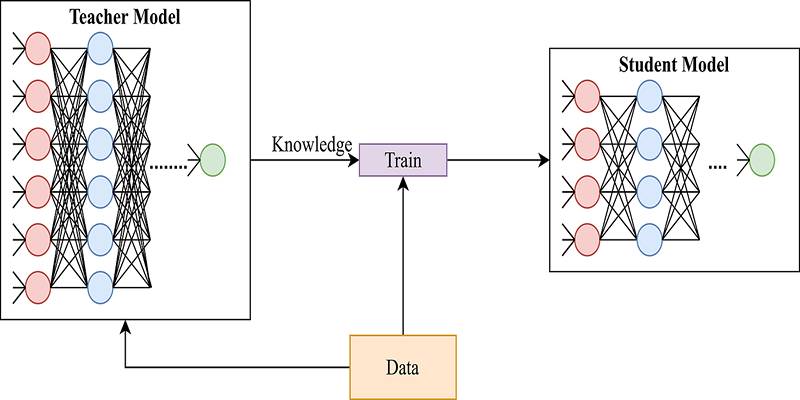Artificial Intelligence (AI) has become a fundamental part of modern technology—from chatbots on websites to virtual assistants on smartphones. However, one major limitation still affects many AI systems: they forget. AI agents often struggle to remember previous conversations, user preferences, or even facts they’ve just processed.
To solve this challenge, developers now turn to LangMem SDK, a cutting-edge tool that integrates semantic memory into AI agents. With this tool, AI systems can finally go beyond short-term logic and engage in truly personalized, context-aware interactions that feel more human.
What Is LangMem SDK?
LangMem SDK is a set of developer tools made to help engineers and product teams add semantic memory to smart bots and language models. It lets AI systems understand, store, and remember useful data like facts, user profiles, and tastes across different interactions.
Unlike traditional AI systems that rely solely on current input, LangMem SDK equips agents with the capacity to "remember" prior information—helping them adapt their responses based on what they've learned.
What is Semantic Memory?

In cognitive science, semantic memory refers to the type of memory that stores general knowledge—like facts, concepts, and meanings. For example, knowing that "New York is a city" or that "a smartphone is a device" is semantic memory.
In the context of artificial intelligence, semantic memory helps machines:
- Retain useful data from past user interactions
- Understand relationships between facts or ideas
- Recall this information in future sessions
- Personalize experiences based on prior knowledge
Difference Between Semantic and Episodic Memory
While semantic memory stores facts and relationships, episodic memory remembers specific events—like a timestamped user interaction or a one-time activity. LangMem SDK focuses primarily on semantic memory, enabling AI systems to provide consistent and tailored responses across time rather than treating each conversation as a brand-new interaction.
Key Features of LangMem SDK
LangMem SDK offers developers a robust set of tools and functionalities to implement semantic memory effectively. Some of its core features include:
- Persistent Memory Storage
AI agents can store important information like names, preferences, or commonly asked questions across conversations. - Intelligent Recall
The SDK provides the ability to recall relevant facts when needed without overwhelming the user with unrelated details. - Custom Forgetting Rules
Developers can define rules for when and how AI agents should forget information, ensuring relevance and privacy. - Seamless Integration
LangMem SDK can be integrated with existing AI agents, voice assistants, and large language models with minimal changes to the core system. - Context Awareness
It allows the agent to maintain awareness of the conversation’s theme or the user’s intent throughout a session and beyond.
Why Personalization Matters in AI
Personalization is no longer a luxury—it’s a necessity. Whether users are interacting with customer service bots, educational tutors, or healthcare advisors, they expect AI to remember who they are and what they need.
LangMem SDK addresses this need by enabling the following:
- Context-aware support
- Accurate recommendations
- Personalized answers based on preferences
- Reduced repetition in conversations
By remembering a user’s previous inputs, an AI agent becomes more efficient and user-friendly—traits that are crucial for retaining engagement and improving satisfaction.
How LangMem SDK Works
LangMem SDK functions through a four-step cycle:
- Capture: The AI agent identifies important information shared by the user.
- Store: This data is structured and stored within the agent’s memory as semantic knowledge.
- Recall: When relevant, the memory is retrieved to enhance the conversation.
- Update: As users share new or updated information, the agent refreshes its memory accordingly.
This loop ensures that the agent continually improves and adapts over time.
Practical Use Cases for LangMem SDK
LangMem SDK is being applied in a variety of domains to enhance the intelligence and personalization of AI systems. Here are some use cases:
- Virtual Health Assistants
Remember symptoms, past medication, and appointment history to offer smarter care suggestions. - E-learning Platforms
Track student progress, recall difficult topics, and adapt teaching styles accordingly. - Customer Service Bots
Identify returning customers, remember past issues, and provide faster solutions. - Smart Personal Assistants
Learn user routines, preferences, and contacts to offer better scheduling and reminders. - Retail and E-commerce
Recall shopping preferences and browsing history to make personalized product suggestions.
Developer Benefits and Experience
LangMem SDK is not only powerful but also designed with developer usability in mind. Some of the advantages include:
- Time savings: Pre-built modules allow faster deployment.
- Modular architecture: Developers can enable or disable features depending on the use case.
- Platform flexibility: Works across cloud-based and on-device AI systems.
- Improved user satisfaction: Personalized interactions help retain users and boost app ratings.
Getting Started with LangMem SDK

LangMem SDK comes with detailed documentation, example integrations, and active support. Here are the steps developers can take to begin:
- Define what type of information the agent should remember.
- Integrate LangMem memory modules into the AI pipeline.
- Test memory retention across sessions.
- Adjust recall and forgetting strategies based on user feedback.
- Monitor improvements in engagement and performance metrics.
The Future of Personalized AI with Semantic Memory
As AI technology continues to evolve, memory will play a central role in humanizing machine interactions. AI agents of the future won’t just answer questions—they’ll know who you are, what you like, and how to help. LangMem SDK is a step toward that future, enabling developers to bridge the gap between robotic conversations and meaningful, intelligent interaction.
Conclusion
LangMem SDK introduces a breakthrough in the way AI agents are built and experienced. By adding semantic memory, developers can give their agents the power to remember, adapt, and truly understand their users. It opens the door to applications that are not only functional but also empathetic and user-centered. For developers aiming to build intelligent agents that go beyond scripted replies, LangMem SDK provides the essential memory infrastructure. It’s a practical, powerful, and easy-to-integrate solution that brings personalization to life.











